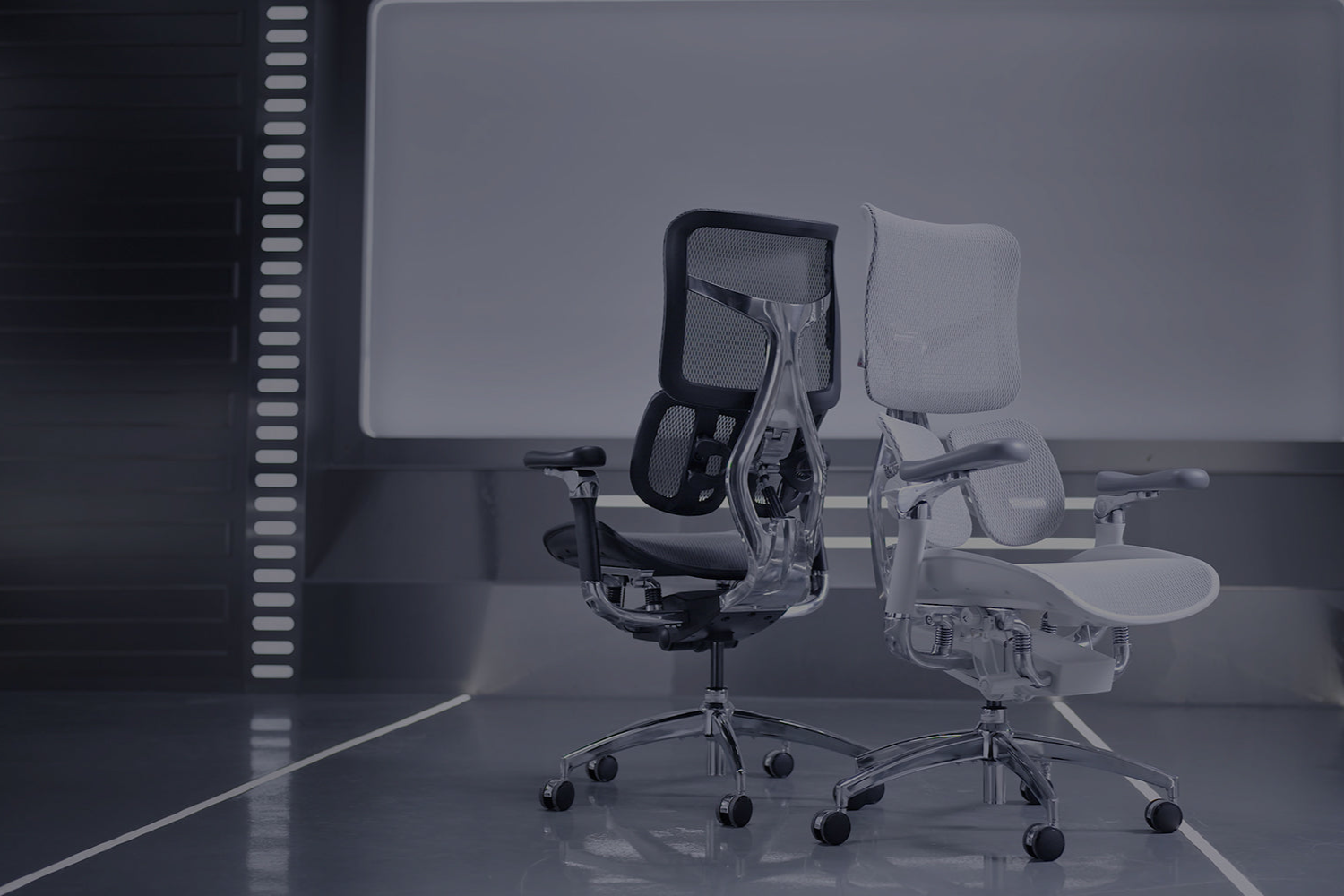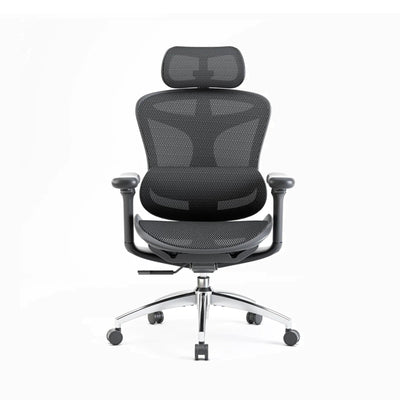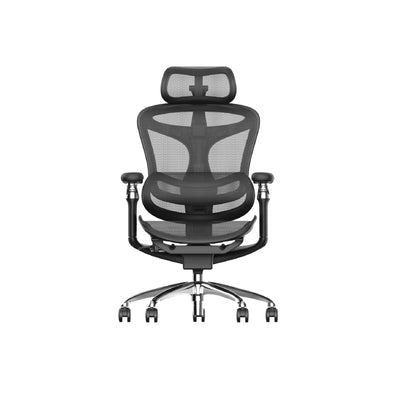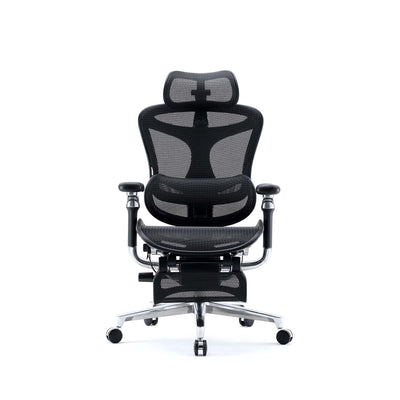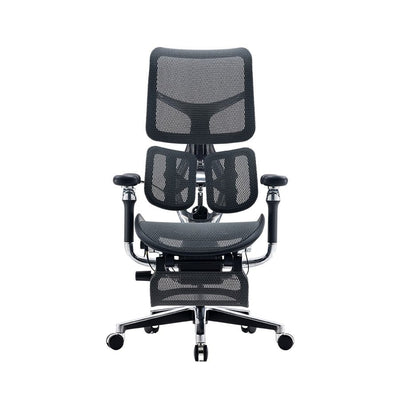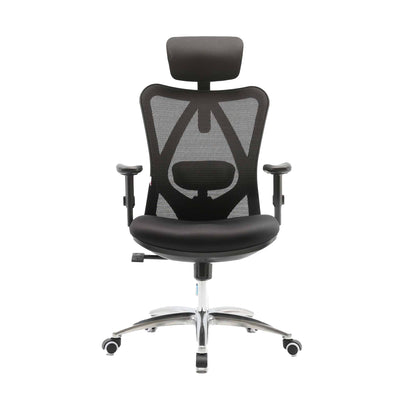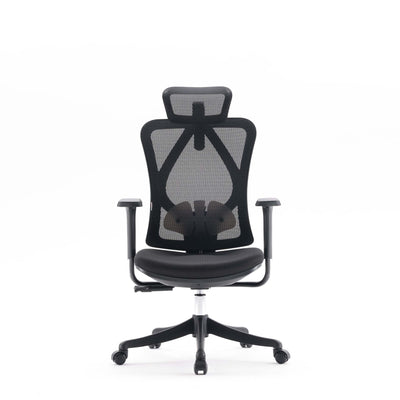
You’re halfway through another workday. The coffee’s gone cold, your shoulders ache, and your lower back feels like it’s pleading for mercy. Sound familiar?
Most of us spend countless hours sitting, yet few give real thought to how we sit. The truth is, posture isn’t just about looking confident — it’s the foundation of how your body feels and performs throughout the day. When your spine, muscles, and joints are properly aligned, everything functions more efficiently.
Even better, small adjustments can have a big impact. You don’t need fancy equipment or hours of stretching — just a few mindful changes. Let’s explore five correct sitting posture and adjustments that can instantly make your workday feel lighter, longer, and a whole lot more comfortable.
1. Raise Your Screen to Eye Level
Many people hunch over their screens without noticing, creating unnecessary tension in the neck and shoulders. Tilting your head forward, even slightly, increases the load on your spine. It’s like balancing a bowling ball on a stick — it doesn’t take much to feel the strain.
The easiest fix? Bring your screen to eye level. Adjust the height so the top third of your display sits comfortably in line with your eyes. If you’re using a laptop, place it on a stand, or even a stack of sturdy books.
Keep your screen about an arm’s length away to avoid squinting. This simple change immediately relieves pressure from your upper back and neck.
If you’re using a monitor arm or stand, even better — it’s built to help you find that perfect visual alignment without extra effort.
When you maintain correct posture when sitting at a computer, your eyes, neck, and shoulders all work in harmony. You’ll notice less tension, fewer headaches, and improved focus almost instantly.
2. Support Your Lower Back
Your lower back carries more weight than you think. Without support, it’s easy to slump forward or lean on your desk — both common causes of fatigue.
To maintain your spine’s natural “S” curve, make sure your lower back is gently supported. If your chair lacks lumbar support, roll up a small towel or use a cushion.
Better yet, an ergonomic chair designed with built-in lumbar shaping can do wonders. The gentle curve keeps your spine in its natural position, reducing strain across your back.
If you’re sitting in an ergonomic office chair, check that your hips are slightly higher than your knees. This allows your pelvis to tilt forward and supports better alignment.
Sit back fully, letting the backrest hold your weight, rather than perching on the edge of your seat.
Good lower back support is like a quiet anchor — subtle, but powerful enough to keep you upright, relaxed, and free from discomfort.
3. Relax Your Shoulders and Open Your Chest
We often hunch our shoulders when concentrating or typing. That familiar tightness across the chest? It’s your body’s way of asking for space to breathe.
Start by taking a deep breath. Lift your shoulders towards your ears, hold briefly, then let them drop naturally. Feel the tension melt away as you exhale.
Next, gently roll your shoulders back, allowing your chest to open. Imagine there’s a small thread pulling your sternum forward — just enough to create space, not stiffness.
Keep your elbows close to your body and bent at a comfortable 90 degrees. Your forearms should rest lightly on your desk or the armrests of your office chair.
This small alignment opens your chest, improves circulation, and even helps you breathe more deeply.
A quick doorway stretch can also work wonders. Stand with your arms bent at 90 degrees, press your forearms against the frame, and lean forward slightly. You’ll feel a gentle release across your shoulders and chest.
Remember: tension builds quietly. But with regular movement and awareness, it can disappear just as quickly.
4. Keep Your Feet Firmly on the Ground
Your feet are the forgotten heroes of good posture. When they’re unsupported, your spine and hips bear the brunt of the effort.
The solution? Keep both feet planted firmly on the floor. Avoid crossing your legs or tucking your feet under your chair for long periods.
Adjust your chair height so your knees form a 90-degree angle, with thighs parallel to the ground. This promotes balance and comfort, especially during long work sessions.
If your chair is too high and your feet can’t reach the floor, use a footrest or a sturdy box to stabilise them.
By grounding your feet, you create a solid foundation that supports your entire posture.
It’s a small change that promotes blood flow, reduces stiffness, and encourages your spine to stack naturally.
When you invest in an ergonomic chair that allows for height adjustments, you’ll find the perfect position feels effortless.
And when you’re aligned from the ground up, your body feels calmer, stronger, and more energised.
5. Engage Your Core and Move Regularly
Even with perfect posture, staying completely still isn’t ideal. The body thrives on movement — it’s designed to shift, stretch, and breathe.
The secret to lasting comfort is gentle activity throughout your day. Start by lightly engaging your core — draw your belly button towards your spine without holding your breath. This subtle activation supports your lower back and encourages upright posture.
Set reminders to stand or move every 30 minutes. Stretch your arms, rotate your neck, or take a short walk around the office.
If you can, alternate between sitting and standing during your workday. A sit-stand desk paired with an ergonomic office chair gives you the flexibility your body needs.
Try these quick desk stretches between tasks:
-
Neck rolls: Slowly circle your head to release tension.
-
Spinal twist: Place your right hand on your left thigh, gently twist, then switch sides.
-
Shoulder rolls: Ten forward, ten backward — simple and effective.
-
Wrist stretches: Extend your arms, flex your wrists, and hold for a few seconds.
You’ll be surprised how energised you feel after just a few minutes of movement. A strong, active core turns your posture from passive sitting into dynamic stability.
Bonus: Build Awareness
The most powerful posture tool isn’t your chair or desk — it’s awareness.
The moment you notice yourself slouching, you’ve already taken the first step toward correction. Awareness builds consistency, and consistency builds comfort.
Use gentle reminders to check your position every hour. A sticky note on your monitor reading “Sit Tall” can work wonders.
Some prefer posture-tracking apps or devices that nudge them when they start to slouch. Others rely on mindfulness — taking a deep breath and resetting.
Whichever method works for you, treat posture as a practice, not a rule. It’s about feeling supported, balanced, and at ease.
When you maintain correct posture when sitting at a computer, your concentration sharpens and your energy lasts longer. Small adjustments can completely reshape how your day feels.
The Bigger Picture
Good posture doesn’t just make you look confident — it makes your entire body function more efficiently.
Here’s what happens when you make these small changes part of your daily routine:
-
More energy: Proper alignment improves breathing, boosting oxygen and stamina.
-
Better focus: A balanced posture helps circulation, keeping your mind alert and clear.
-
Less pain: Supporting your spine reduces muscle fatigue and prevents chronic tension.
-
Improved mood: Studies show that sitting upright can lift your mood and promote positivity.
You’ll start to notice the difference not only in how your body feels, but also in how you work. Tasks seem easier, thoughts come faster, and fatigue fades.
That’s the quiet magic of posture — subtle adjustments creating extraordinary results.
The Role of Ergonomics
While posture awareness is key, the right furniture can make it effortless. A thoughtfully designed ergonomic setup works with your body, not against it.
The SIHOO range of ergonomic chair in Australia, for example, offers seating crafted for balance and support. Each chair contours to your spine’s natural shape, promoting alignment and reducing strain.
When you pair an ergonomic chair like the Doro Ergonomic Chair Series with a properly positioned desk and monitor, maintaining healthy posture becomes second nature.
Comfort shouldn’t be a luxury — it should be the foundation of your workspace. Whether you work from home or in a busy office, the right setup matters.
An adjustable office chair allows you to fine-tune your sitting height, backrest angle, and armrest position. This ensures your posture stays neutral, no matter how long your day runs.
Good ergonomics isn’t about perfection. It’s about designing a space that supports your movement, comfort, and wellbeing every single day.
Posture is more than just a physical stance — it’s an expression of how you care for yourself during the hours you spend working.
Each small adjustment creates a ripple effect, improving comfort, clarity, and even confidence.
With mindful sitting, gentle movement, and the support of a well-designed ergonomic chair, every workday becomes easier on your body and brighter for your mind.
When you invest in your wellbeing, your productivity naturally follows.
So, sit tall, stay balanced, and give your spine the comfort it deserves. After all, your best work begins with how you hold yourself.

